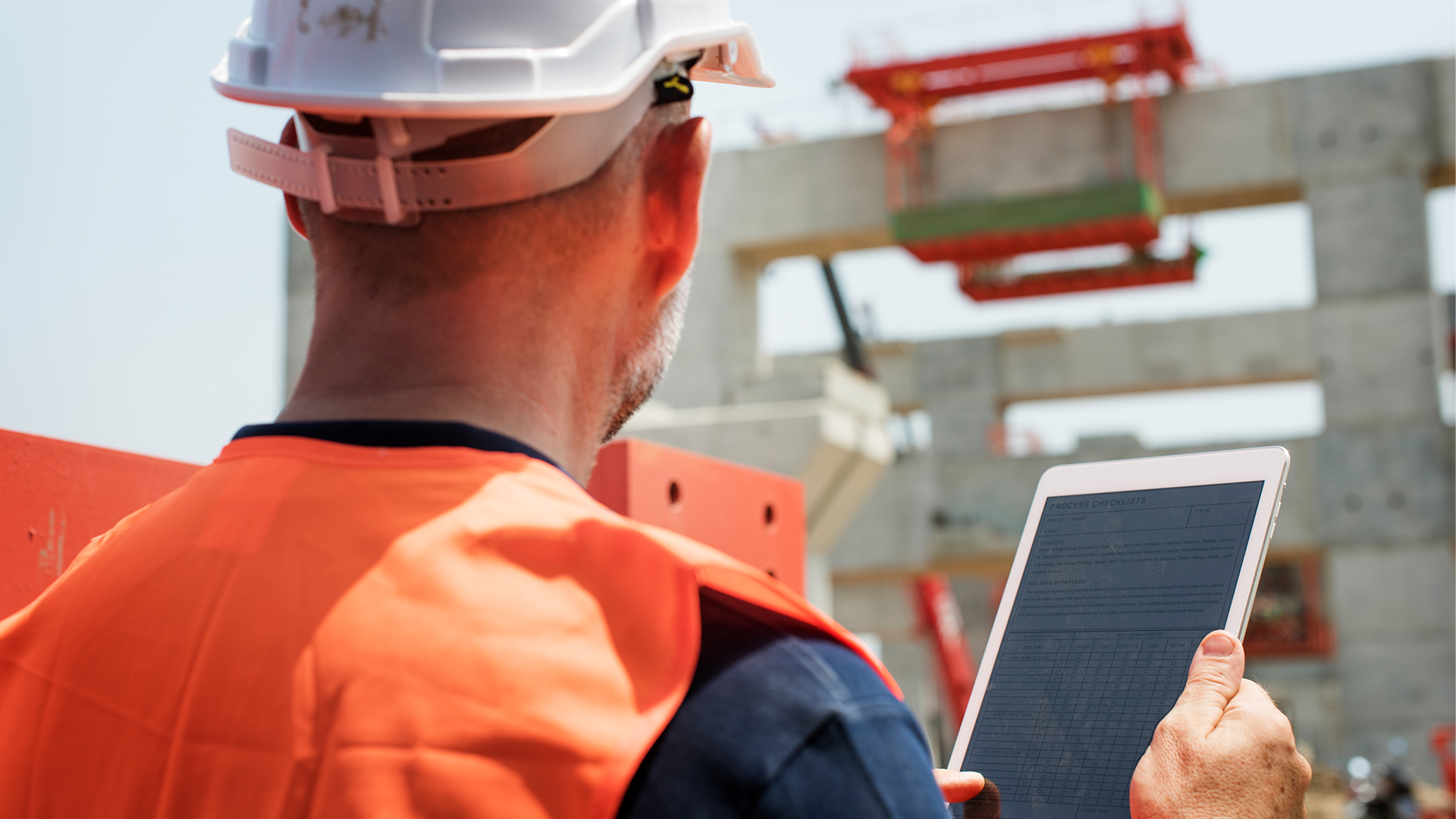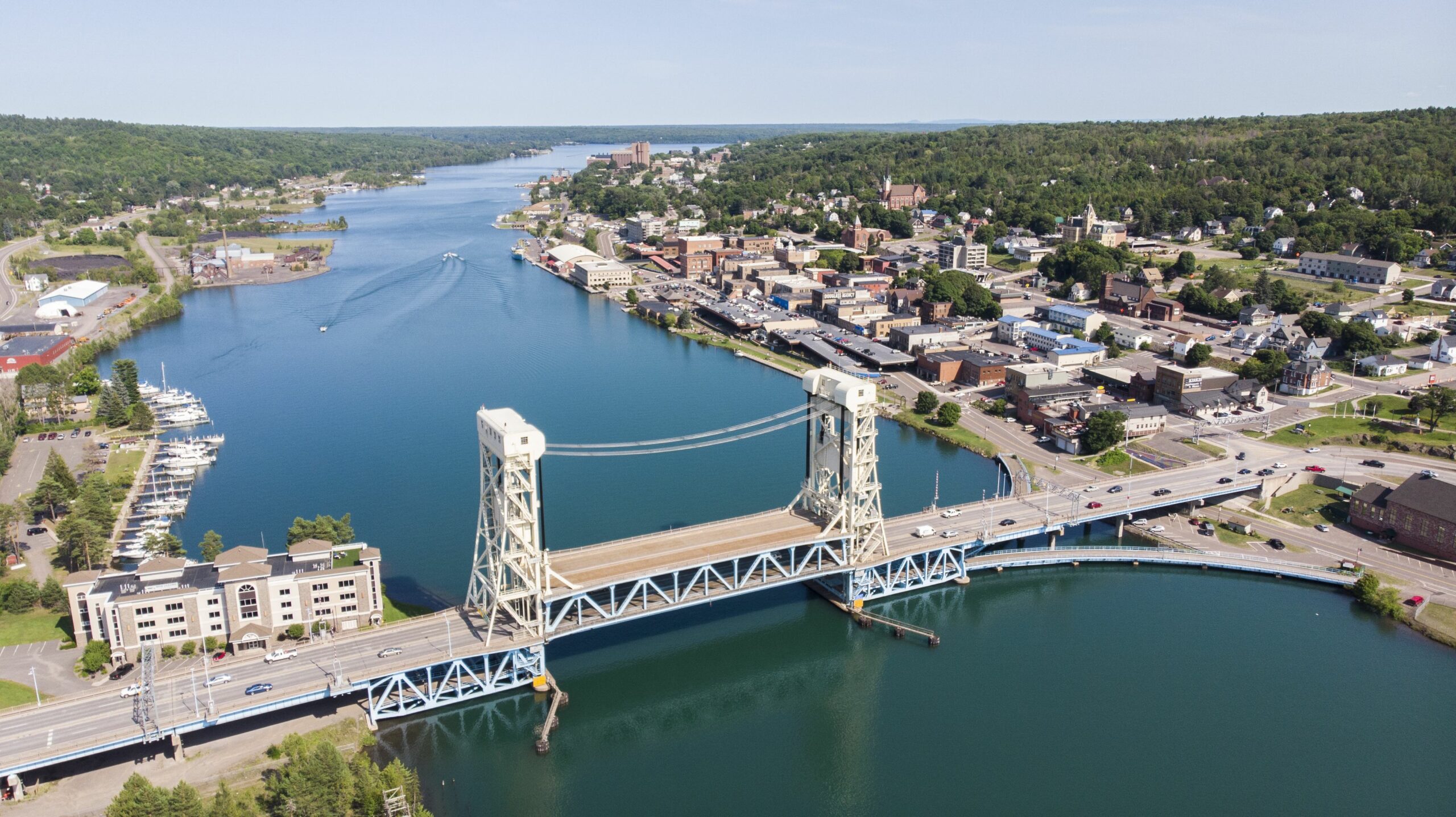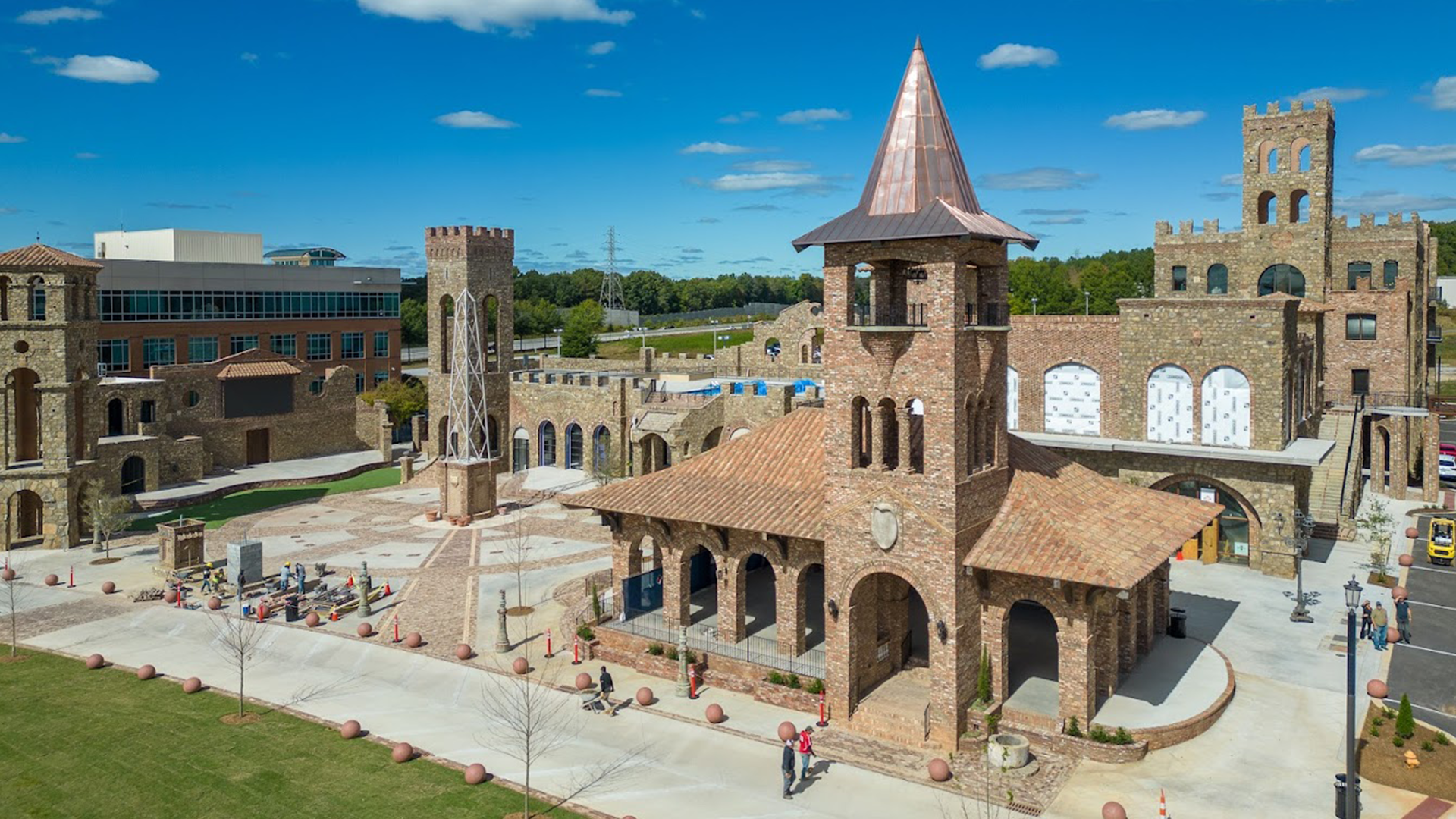The Pressure is Real—AI Can Help
Construction is a demanding industry. Between tight timelines, high risk, and thin profit margins, there’s not much room for error. That’s why more and more construction companies are turning to one of the most powerful technologies available today: Artificial Intelligence (AI).
From improving job site efficiency to predicting delays and reducing risk, AI is quickly becoming a must-have tool—not a luxury—for construction leaders who want to stay competitive.
Why Now is the Right Time for AI in Construction
In construction, every minute and every dollar counts. AI helps you:
- Streamline project workflows
- Detect risks and delays early
- Improve communication and reporting
- Make smarter, faster decisions
But the biggest barrier for most companies? Not knowing where to start.
AI Solutions Built for Construction Workflows
We believe AI should fit your existing processes, not force you to reinvent them. Here’s how we help construction companies adopt AI in a smart, strategic way:
✅ AI Strategy & Planning
Not sure where to begin? We help you assess what tools and data you already have and build a roadmap to AI adoption.
✅ AI-Powered Assistants
Think of AI as an extra set of eyes. From intelligent scheduling to document automation, these tools enhance your team’s productivity without replacing them.
✅ Data Integration & Insights
AI works best when it can see the full picture. We connect your systems and data sources so you can spot trends, track performance, and identify risks—quickly.
✅ Custom AI Tool Development
Need something specific? Whether it’s smart safety alerts or predictive maintenance, we build solutions around how your team actually works.
How to Get Started with AI in Construction: A 4-Step Plan
You don’t need to overhaul your entire operation to benefit from AI. Here’s a simple, smart approach to get started:
1. Map Out Your Existing Tools
Start by identifying what software and systems you’re already using. AI is most powerful when it works alongside your current tech stack.
2. Use AI as an Assistant, Not a Replacement
The goal isn’t to replace workers—it’s to free them up to do what they do best. Use AI to reduce manual tasks and speed up decisions.
3. Pick One High-Impact Area
Don’t try to “AI” everything at once. Choose one area—like estimating, scheduling, or reporting—and improve it first.
4. Partner with Experts Who Understand Construction
Generic AI solutions don’t cut it. You need tools designed with the realities of the job site in mind. That’s where we come in.





